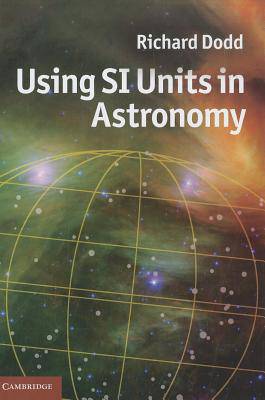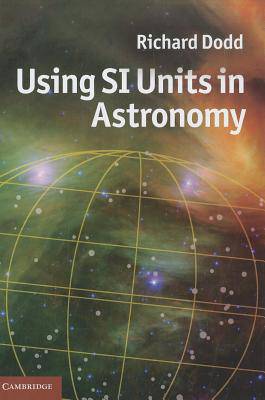
- Afhalen na 1 uur in een winkel met voorraad
- Gratis thuislevering in België vanaf € 30
- Ruim aanbod met 7 miljoen producten
- Afhalen na 1 uur in een winkel met voorraad
- Gratis thuislevering in België vanaf € 30
- Ruim aanbod met 7 miljoen producten
Zoeken
Omschrijving
A multitude of measurement units exist within astronomy, some of which are unique to the subject, causing discrepancies that are particularly apparent when astronomers collaborate with researchers from other disciplines in science and engineering. The International System of Units (SI) is based on seven fundamental units from which other units may be derived, but many astronomers are reluctant to drop their old and familiar systems. This handbook demonstrates the ease with which transformations from old units to SI units may be made. Using worked examples, the author argues that astronomers would benefit greatly if the reporting of astronomical research and the sharing of data were standardized to SI units. Each chapter reviews a different SI base unit, clarifying the connection between these units and those currently favoured by astronomers. This is an essential reference for all researchers in astronomy and astrophysics, and will also appeal to advanced students.
Specificaties
Betrokkenen
- Auteur(s):
- Uitgeverij:
Inhoud
- Aantal bladzijden:
- 246
- Taal:
- Engels
Eigenschappen
- Productcode (EAN):
- 9780521769174
- Verschijningsdatum:
- 16/01/2012
- Uitvoering:
- Hardcover
- Formaat:
- Ongenaaid / garenloos gebonden
- Afmetingen:
- 178 mm x 249 mm
- Gewicht:
- 635 g

Alleen bij Standaard Boekhandel
+ 158 punten op je klantenkaart van Standaard Boekhandel
Beoordelingen
We publiceren alleen reviews die voldoen aan de voorwaarden voor reviews. Bekijk onze voorwaarden voor reviews.











